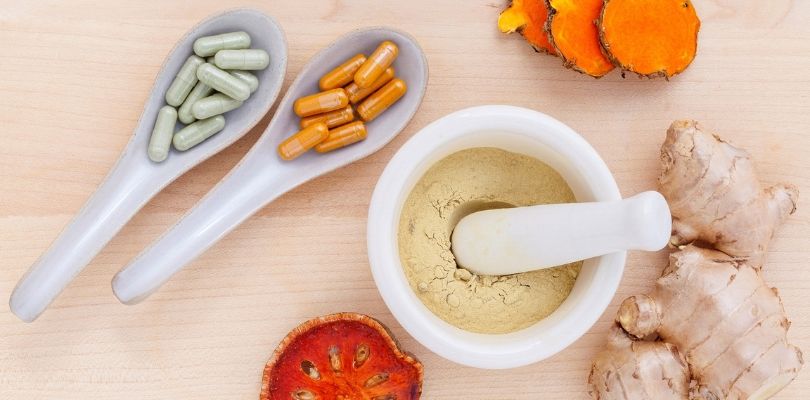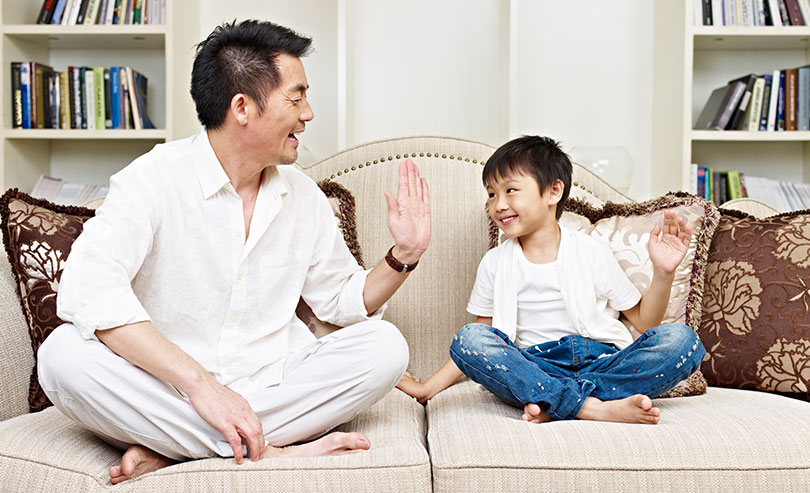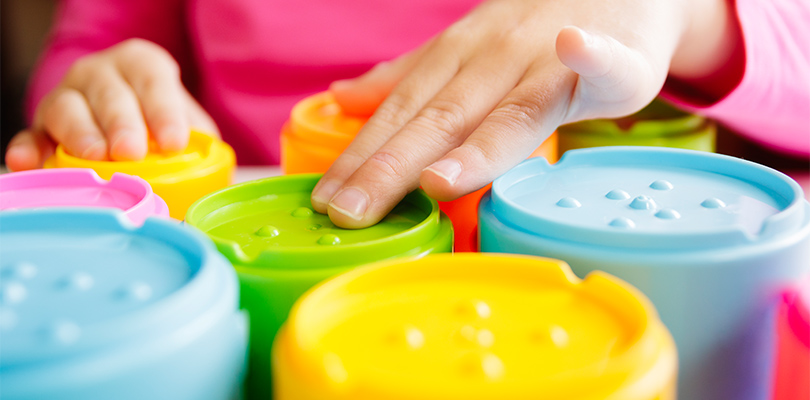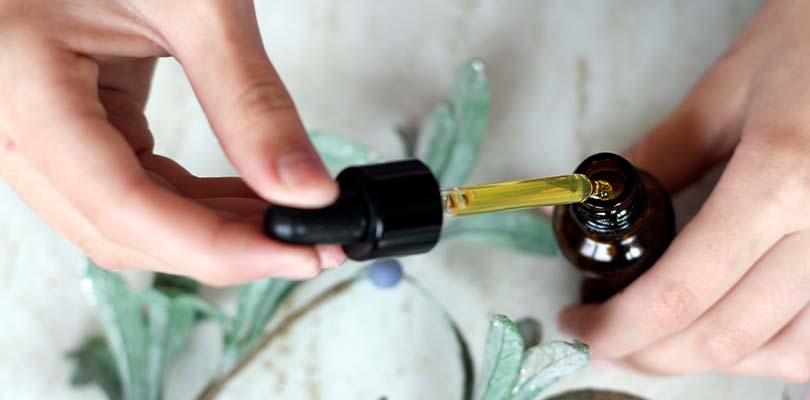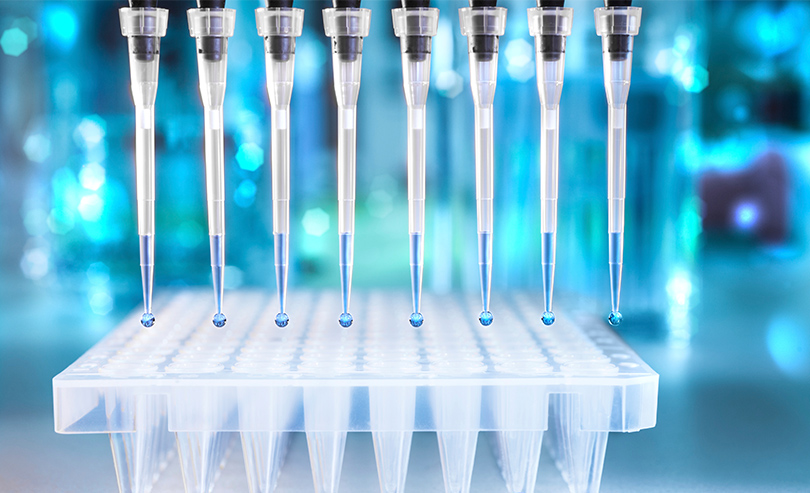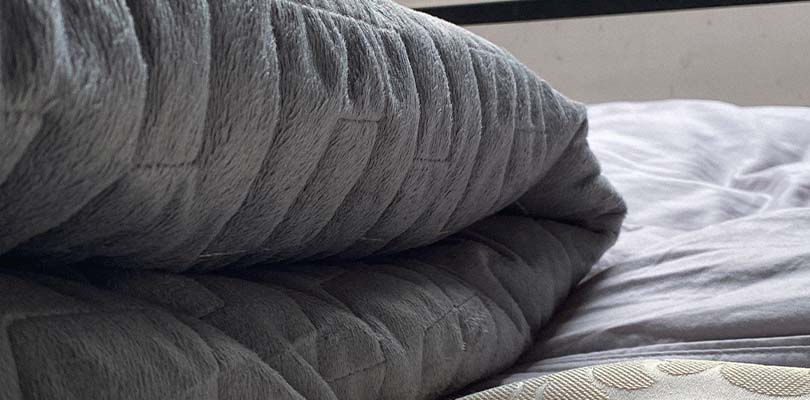
Photo Credit: jjayo / istockphoto.com
Alternative Therapies for ADHD
Many people who have ADHD take medications to manage their symptoms. Other people prefer to avoid the use of pharmaceuticals for a range of different reasons, including side effects, personal preference, and ineffectiveness. A successful treatment plan for ADHD requires the use of multiple therapies regardless of whether or not medications are used.
Alternative and complementary therapies may be used as the primary interventions for ADHD symptom management or as adjuncts to conventional treatment. A wide array of complementary and alternative therapies effectively reduce distractibility, impulsiveness, and other challenges that ADHD presents.
Unfortunately, there is a great deal of misinformation about which therapies are effective and which ones are not. Let’s take a look at complementary and alternative treatments that have been proven to be safe and helpful for adults and children who have a diagnosis of ADHD.
1. Alternative Schools
Alternative schools emphasize hands on learning experiences are an outstanding option for many children and adults who are challenged by ADHD.
These schools teach students learn how to cooperate and use real life problem solving skills. Students have opportunities to socialize with others and are less likely to feel like “the kid with ADHD.” It is important to ensure that alternative school programs provide opportunities for the students to regularly interact with other who do not have ADHD in order for them to gain a well-rounded life experience and education. An alternative school setting need not be just for children who have ADHD in order to be valuable.
Many alternative school programs stress multiple ways of learning and recognition of the value of each individual. Class sizes are frequently small.
Alternative colleges enable students to successfully obtain a college degree while gaining real life work experiences. Students have opportunities to develop marketable skills and job placement assistance is often offered.
Unfortunately, these schools can be expensive and are not available in all locales.
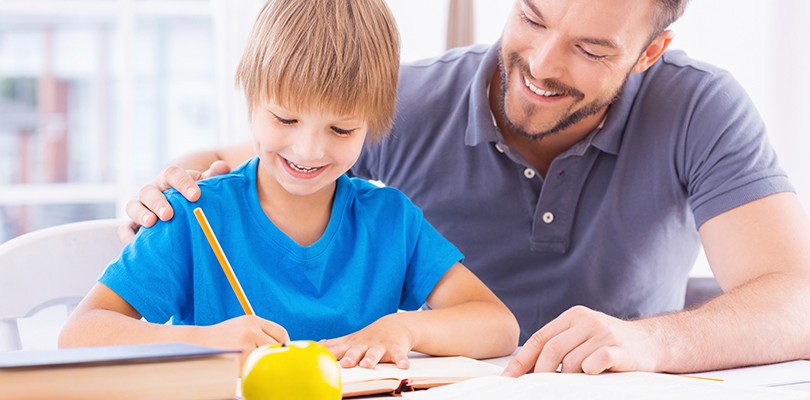
Photo Credit: g-stockstudio / istockphoto.com
2. Homeschooling
I have many friends and relatives who have homeschooled their children. Homeschooling is no longer viewed as an “unusual choice”. It offers many benfits. Kids who are homeschooled often do very well in college as they have had opportunities to be self-directed in their learning.
One of the biggest concerns that people have when homeschooling is discussed is that the children will be isolated. What happens when homeschooling is done with care is that the children are exposed regularly to experiences which resemble “real life” more accurately than in the conventional school setting. Socialization experiences are less likely to be overwhelming. This provides a huge boost for a child’s self-esteem and ability to bond with peers. Cooperatives, online options and pre-designed curriculums are available.
Homeschooling is not for every family, and it requires a huge time commitment. I think it is an excellent opportunity for children who have ADHD because the child’s educational plan can be custom tailored to meet his or her needs. The home setting is less likely to create distractions for the child and he or she will have the opportunity to progress at his or her own rate without being compared to peers.

Photo Credit: aga7ta / istockphoto.com
3. Diet
Food impacts mood and concentration. The food that we eat provides the building blocks for the structure and function of our entire bodies. This includes the brain and nervous system.
Many fad diets have been recommended for ADHD. While allergens and sensitivities to certain foods and diets comprised of “junk” foods are unhealthy and worsen symptoms of ADHD, I do not believe that there is a specific diet that helps most people who have ADHD. Some people are helped by specific dietary changes, however most people do best eating a healthy, well-balanced diet that contains nutrients known to ensure the health and wellbeing of the nervous system.
Multiple studies indicate that protein is best obtained from plants. If you obtain protein from animal sources, make sure that it is lean, organic, grass fed, or from wild animals. This will decrease your consumption of toxins, including antibiotics and artificial hormones, which can aggravate all of the systems of your body.
Our brains are comprised largely of fat. This means that adequate amounts of healthy fats need to be consumed while unhealthy fat intake is limited. Include foods rich in essential fatty acids like flaxseeds, hempseeds, mackerel, salmon, and sardines.
Highly processed foods are not good for anyone. Avoid refined products, including packaged foods that are loaded with additives and preservatives. Eat plenty of organic fresh fruits and vegetables.
Whole grains benefit nervous system health. They contain a wide array of nutrients which soothe the nerves and optimize brain function.
Foods that are rich in calcium, magnesium, and tryptophan are calming. They can help to ensure a good night’s sleep when eaten in the evening. Turkey, milk, whole grains, dates, and nuts are calming foods.
Even though perscription medicine may work, ADHD natural medication has become more prevelant. Find out about all the natural ways to treat ADHD.

Photo Credit: ChamilleWhite / istockphoto.com
4. Herbs
Herbs help to promote relaxation, reduce hyperactivity and elevate the mood. They can aid memory and concentration. Herbs contain concentrated amounts of vitamins, minerals, and other micronutrients, which are needed for optimal brain function. Some nerves have been scientifically shown to enhance the transmission of messages through the brain.
Most herbs work slowly and need to be taken for an extended period of time before they provide optimal benfits. Herbs do not mask symptoms; they optimize wellness of the body’s tissues, and that process takes time.
Eleuthero, nettles, oat straw, gotu kola, gingko, and bacopa are herbs that can help to relieve ADHD symptoms. Lemon balm, passionflower, chamomile, linden, and red clover may be made into herbal teas which enhance relaxation, reduce distractibility and aid concentration.

Photo Credit: nyul / istockphoto.com
5. Meditation
Meditation has profound effects on the mind and entire body. Its positive effects have been validated on multiple occasions. Regular meditation creates changes within the brain that aid concentration and enhance feelings of wellbeing. Meditation can make the brain more receptive to learning and facilitate the retention of knowledge.
Even young children can be taught how to meditate. It is an outstanding therapy for individuals who suffer from impulsivity. Meditation is sometimes used in educational settings to help children calm down so that they can better focus on learning. It aids self-esteem and helps people to feel like they “belong.” This is important because many individuals who have ADHD feel “different” or isolated.
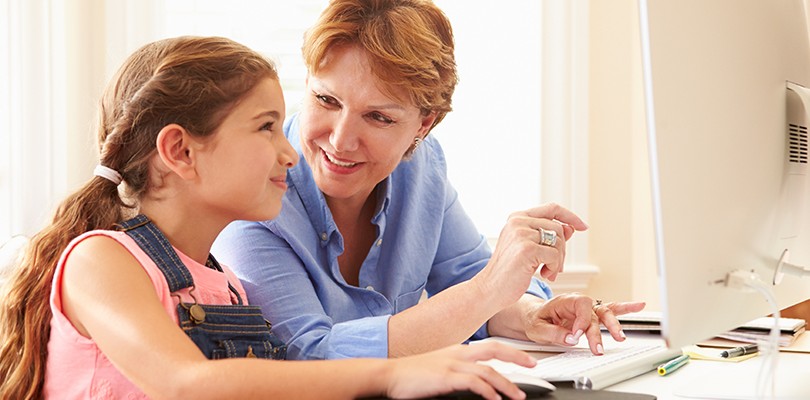
Photo Credit: monkeybusinessimages / istockphoto.com
6. The Best Therapy for ADHD
The best therapy for ADHD is understanding, perseverance, love, and acceptance.
A wide array of treatment modalities are available. Just like every person is different, each solution is too. A comprehensive treatment plan that includes multiple modalities is often best. A treatment plan must be flexible. It changes as the child or adult grows.
One important aspect of treatment is to not get too focused on finding “the solution.” Concentrating on a person’s abilities rather than challenges can be healing for all.
Avoid desperately searching for solutions and buying into fads. If you are considering utilizing a therapy, ask yourself if it is safe, makes sense, is reasonably priced, and whether or not the results are believable.
Living with ADHD is a lifelong adventure. Focus on current challenges, address them successfully, and you will be better prepared for the future, regardless of what treatments you implement.
Read more about treatments for ADHD over at NewLifeOutlook.
Some children do not ask about ADHD. If this is the case, you should still provide appropriate information for your child. Here are some tips that may help!

